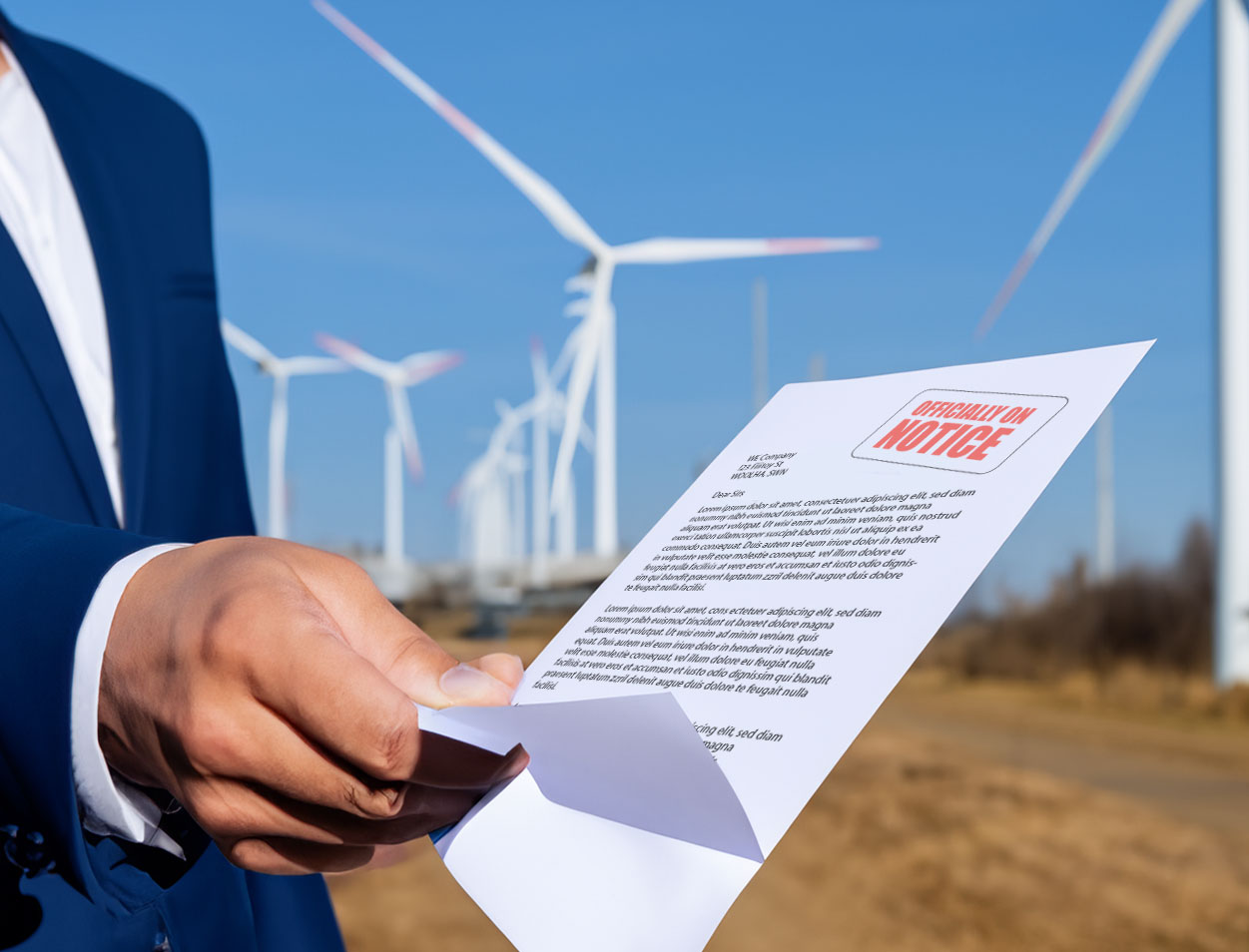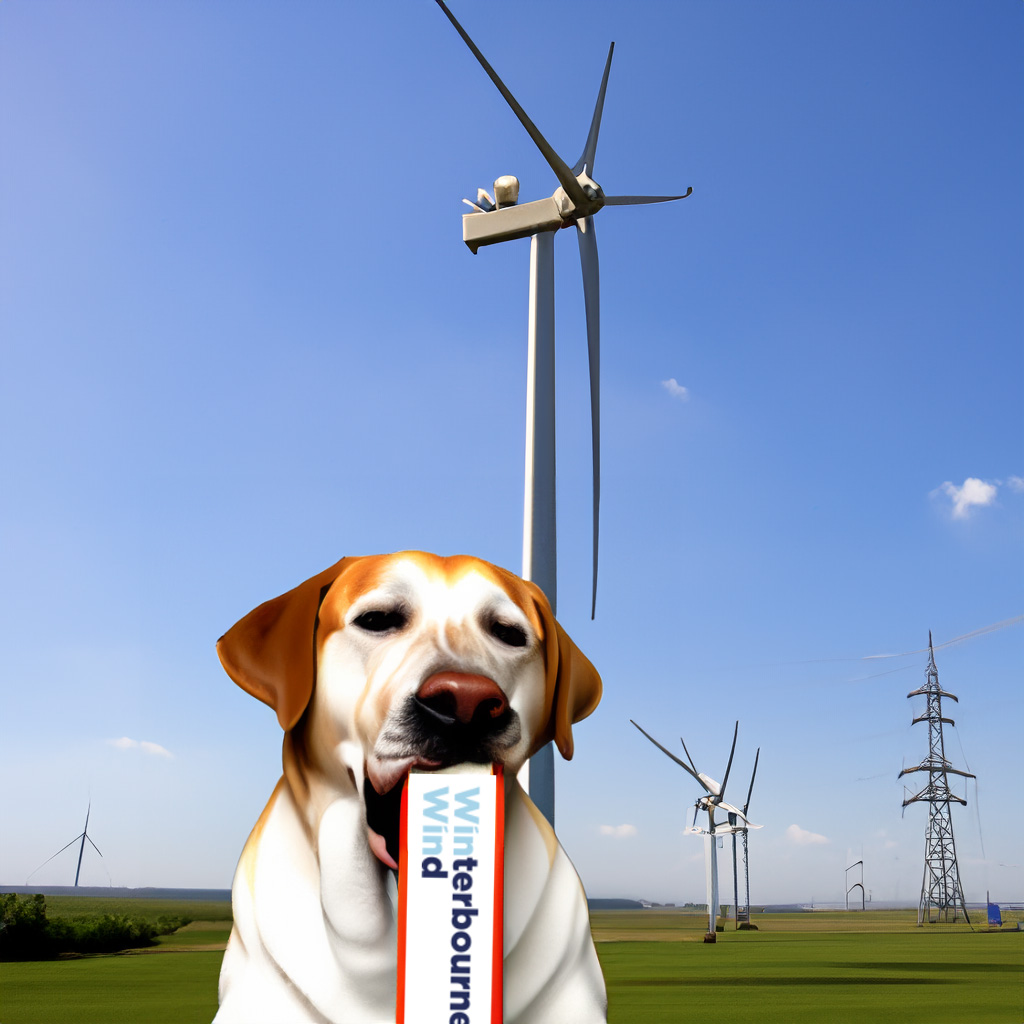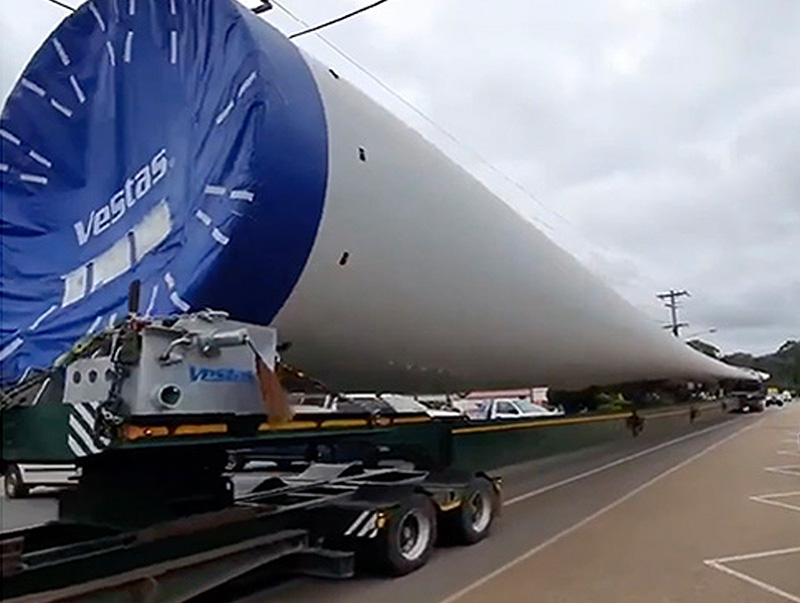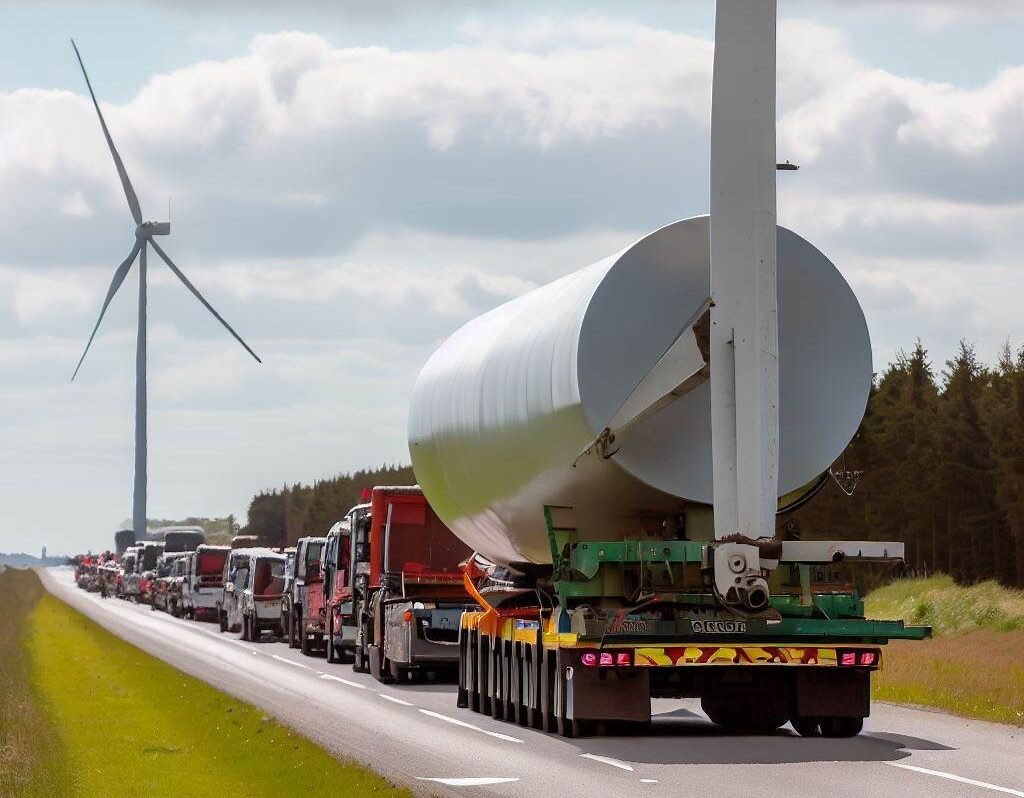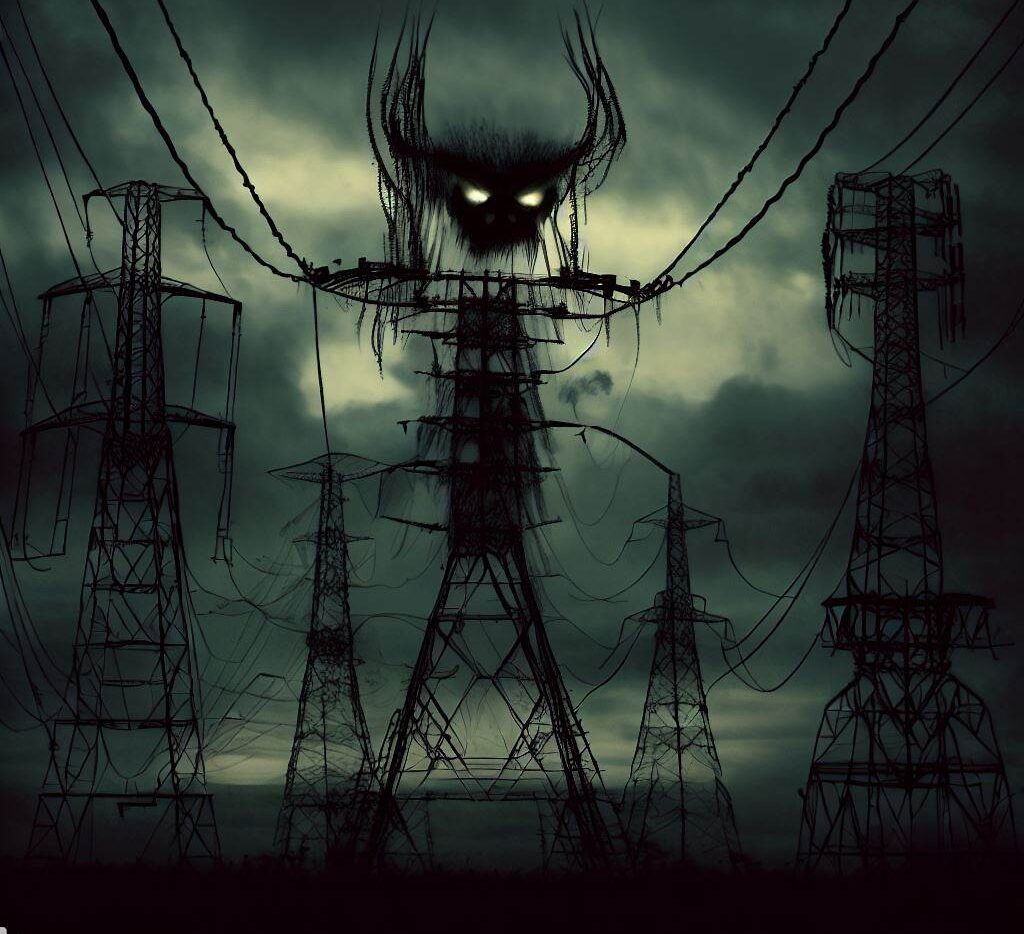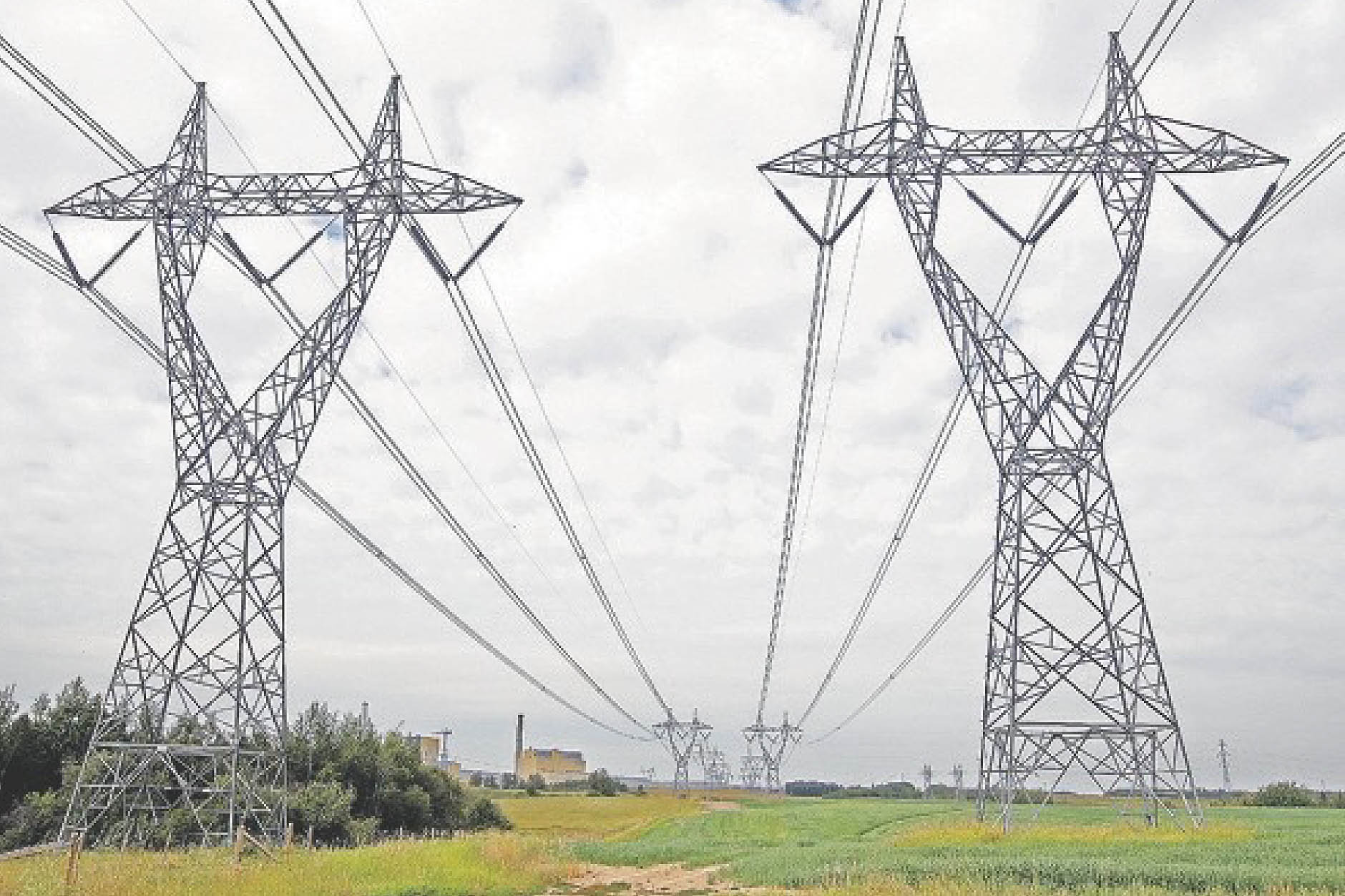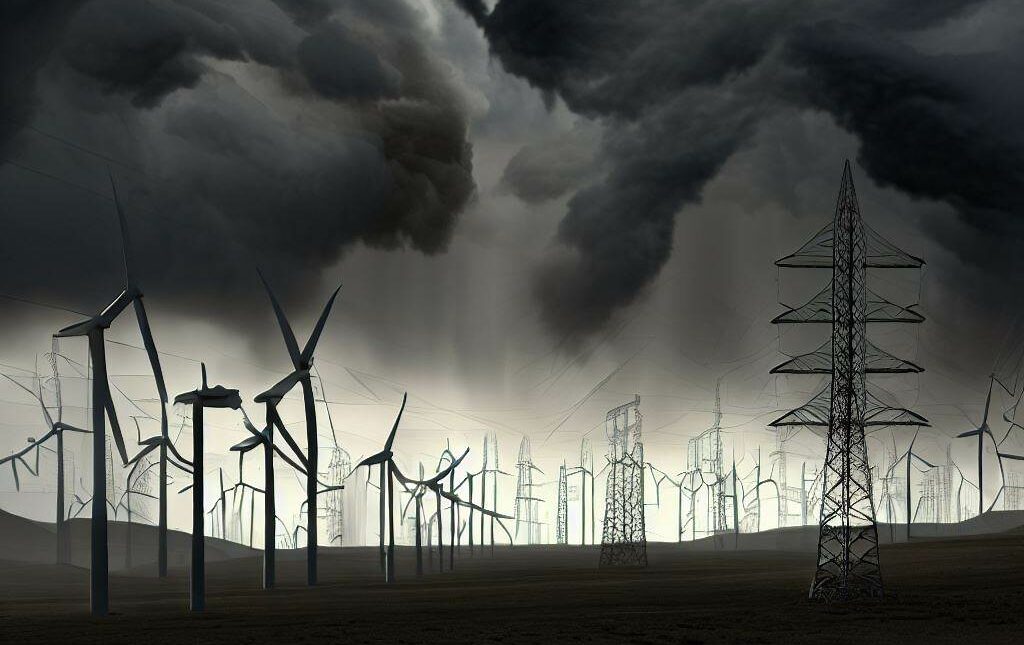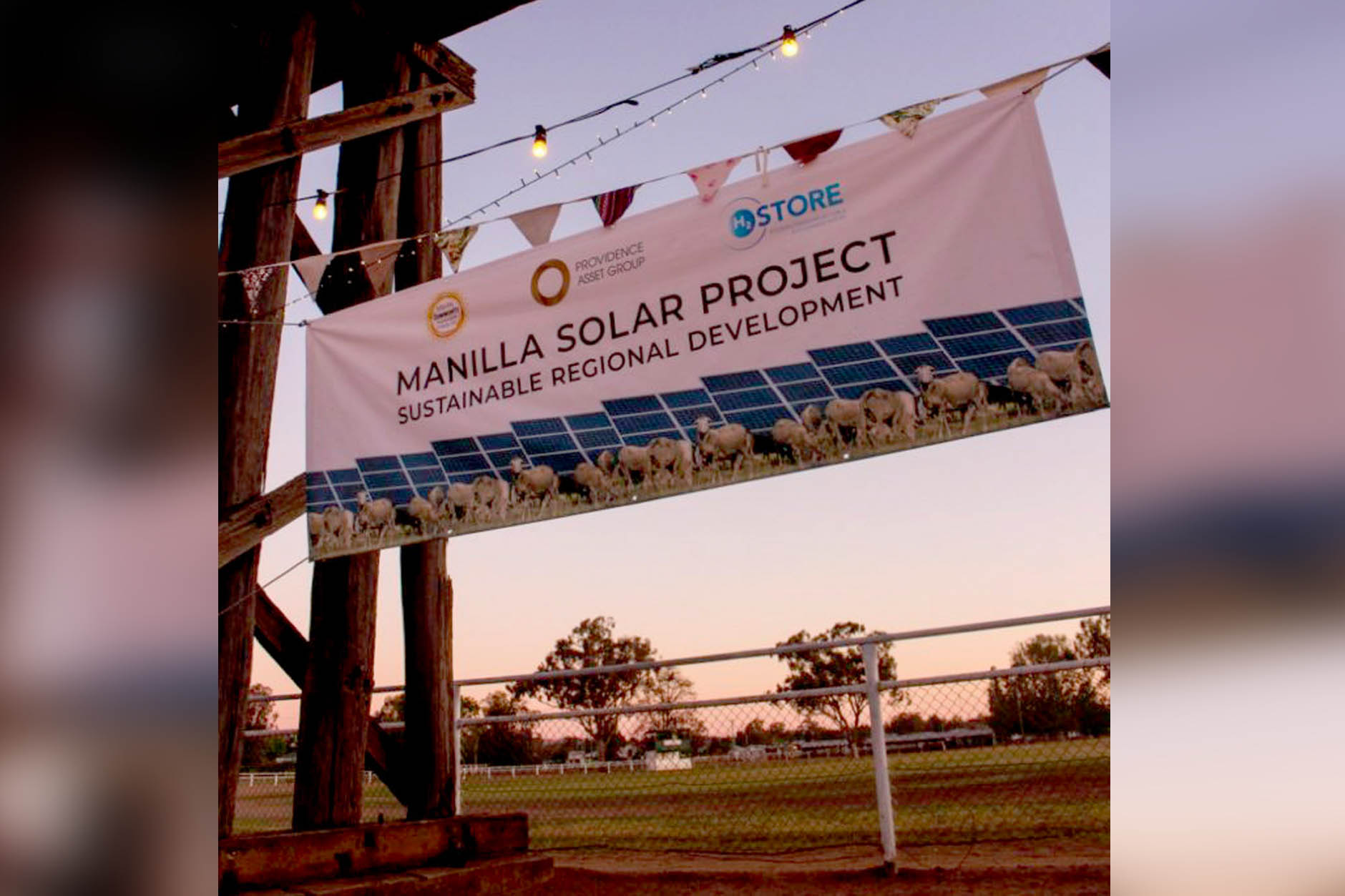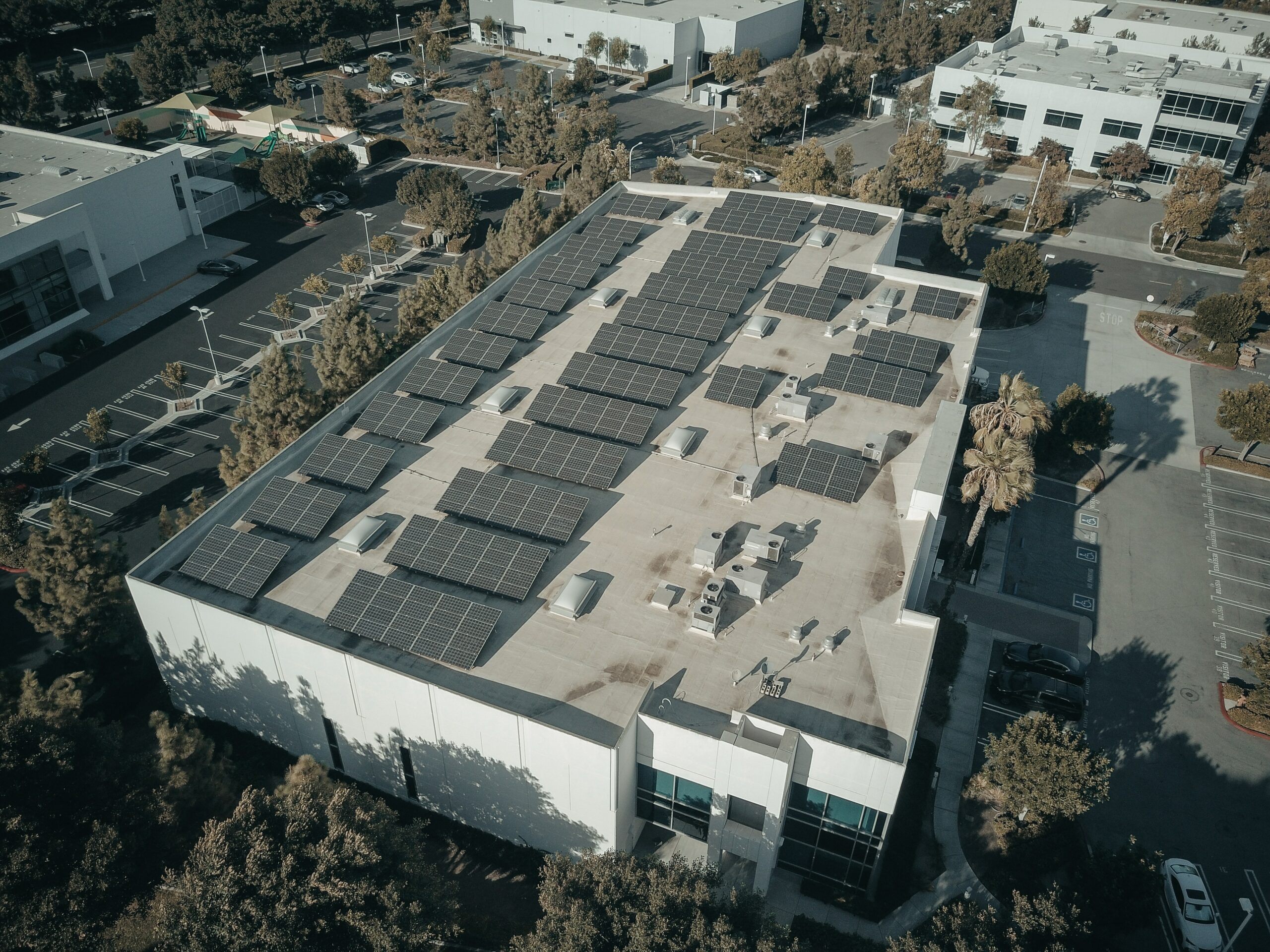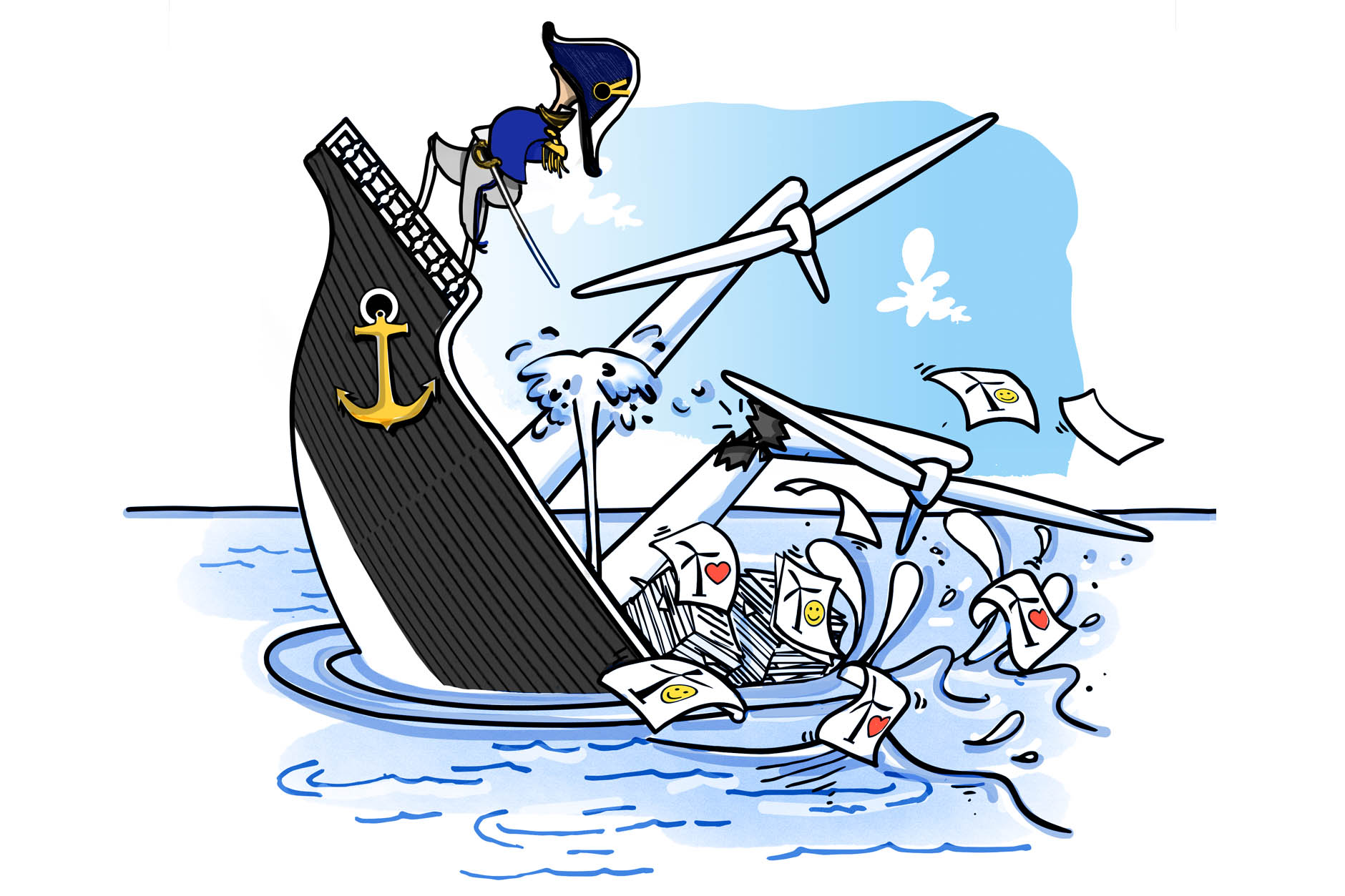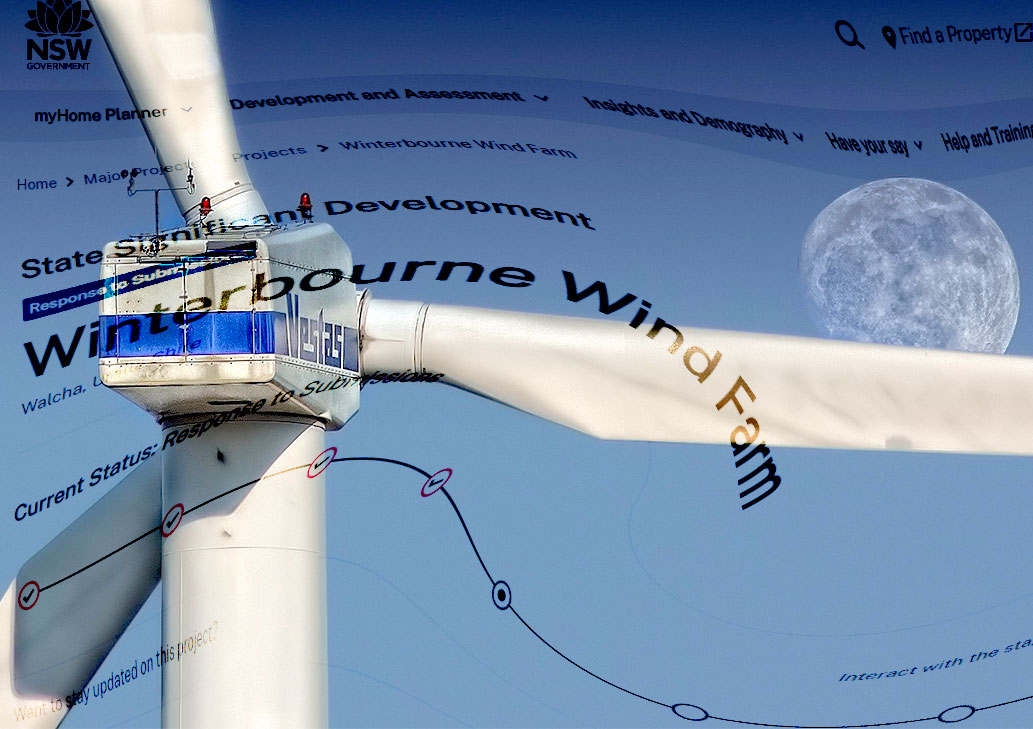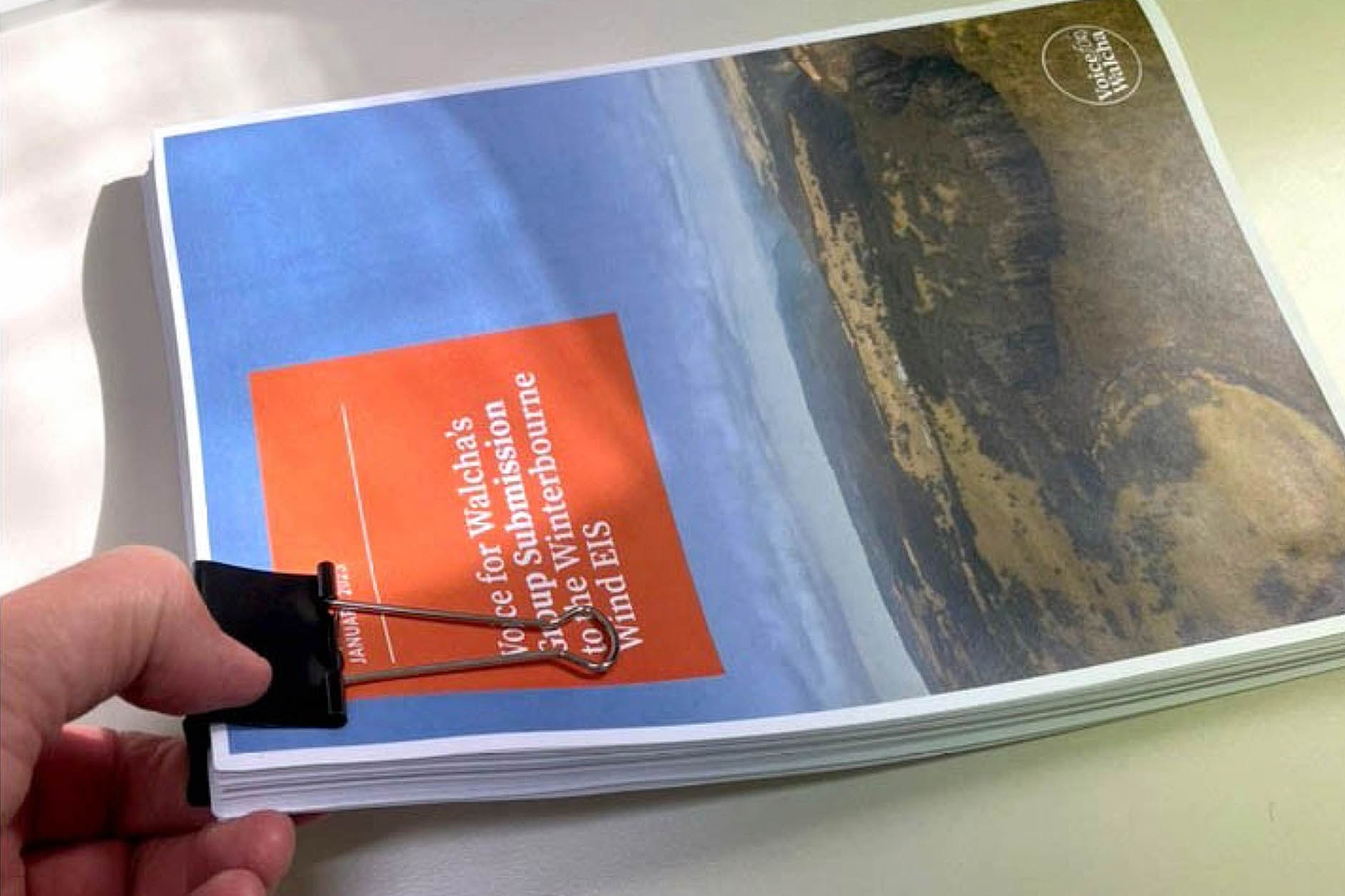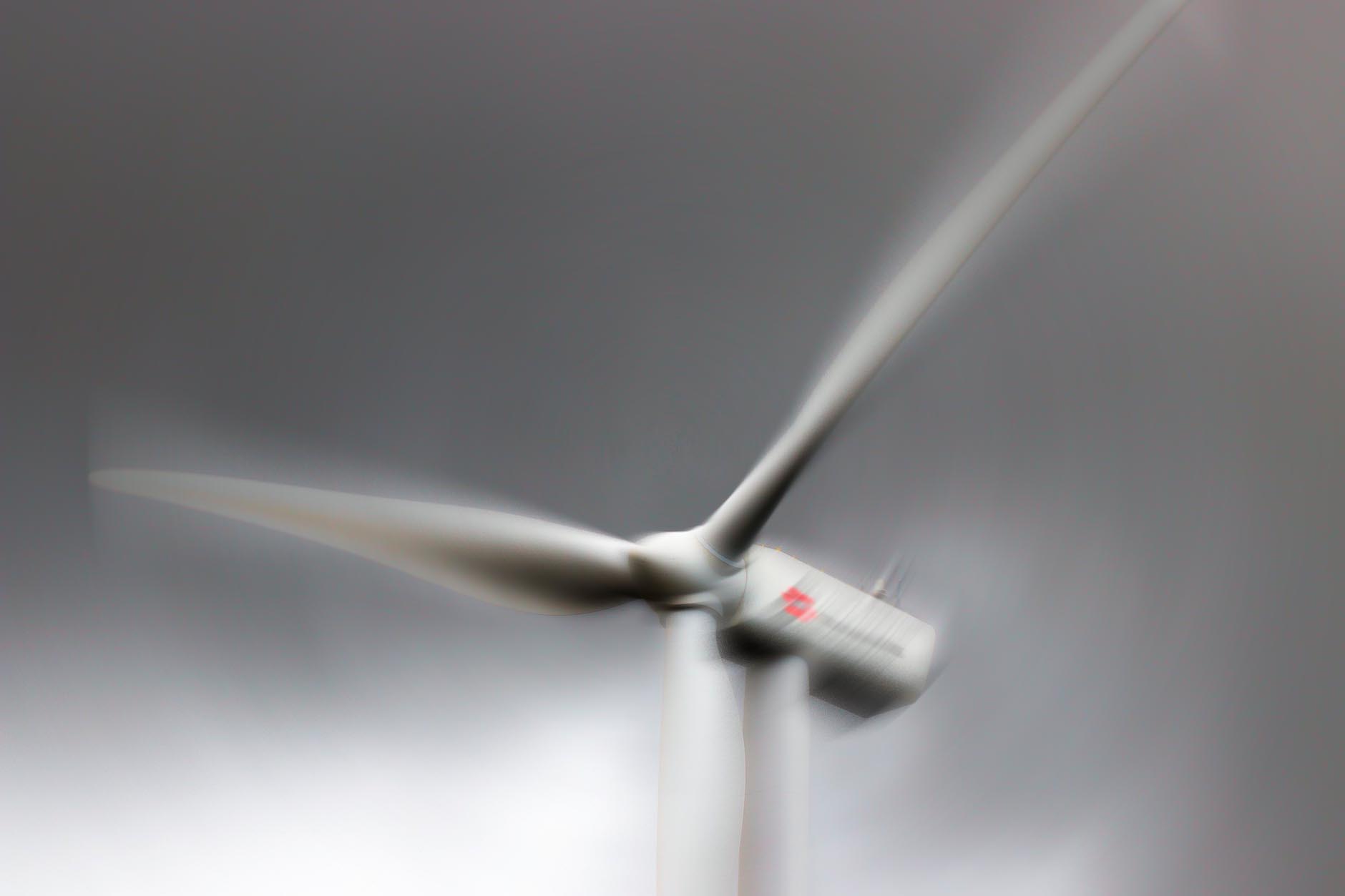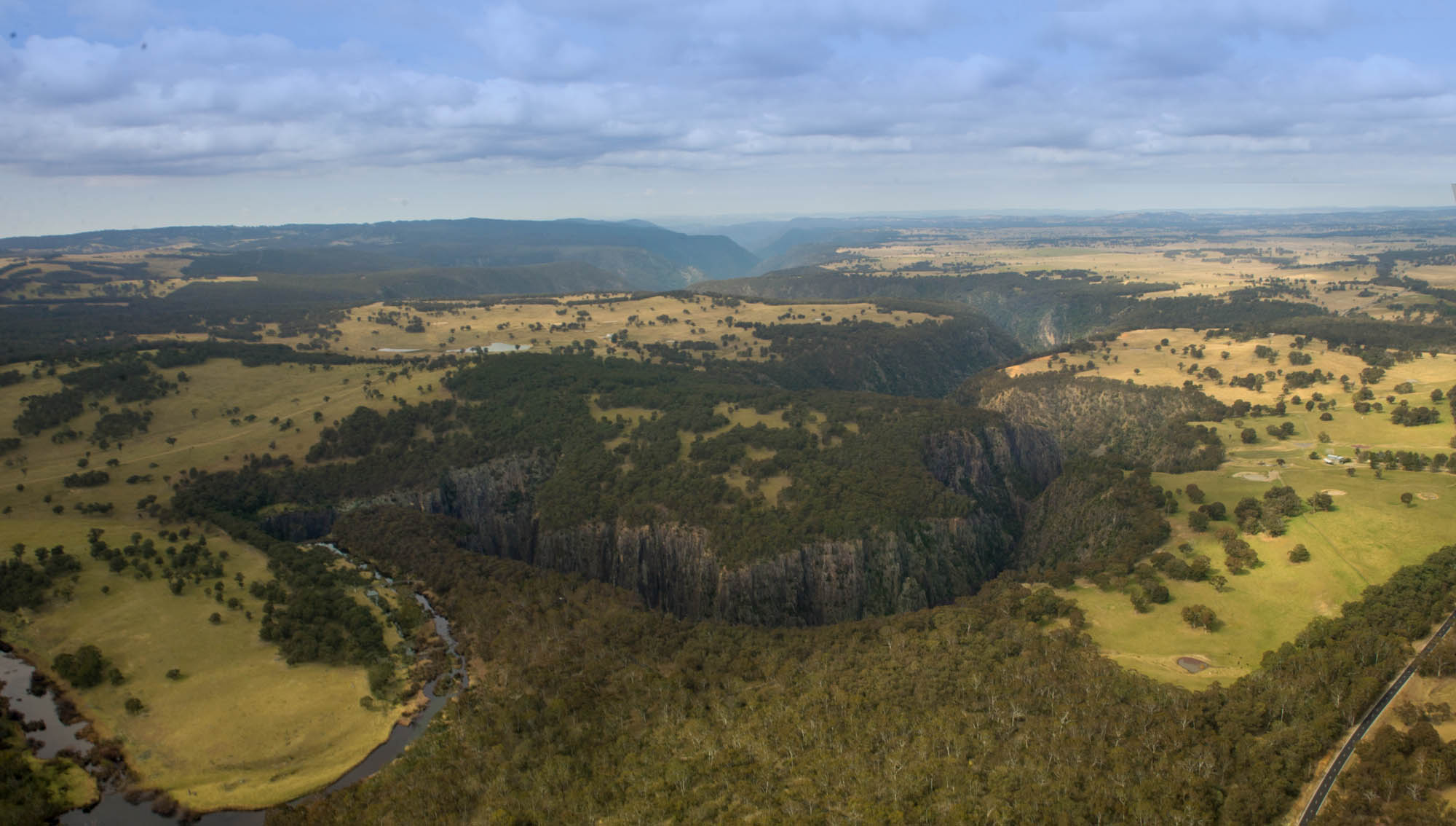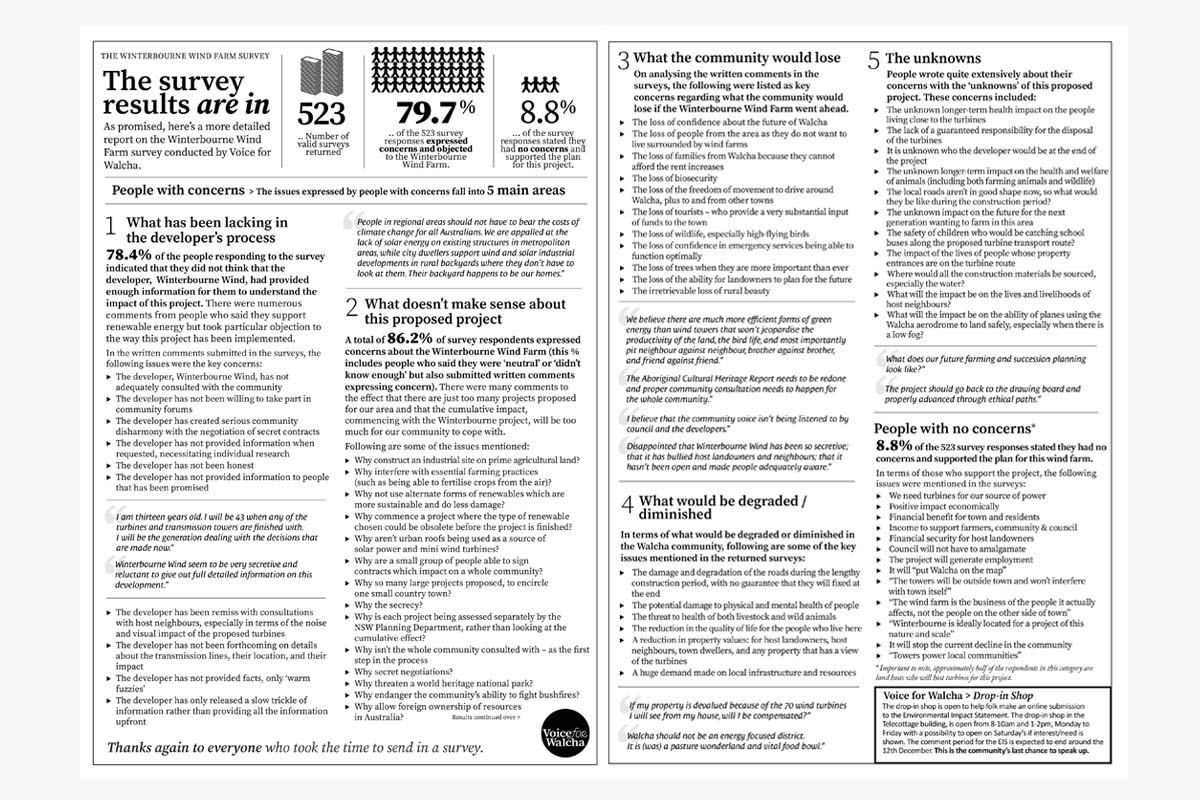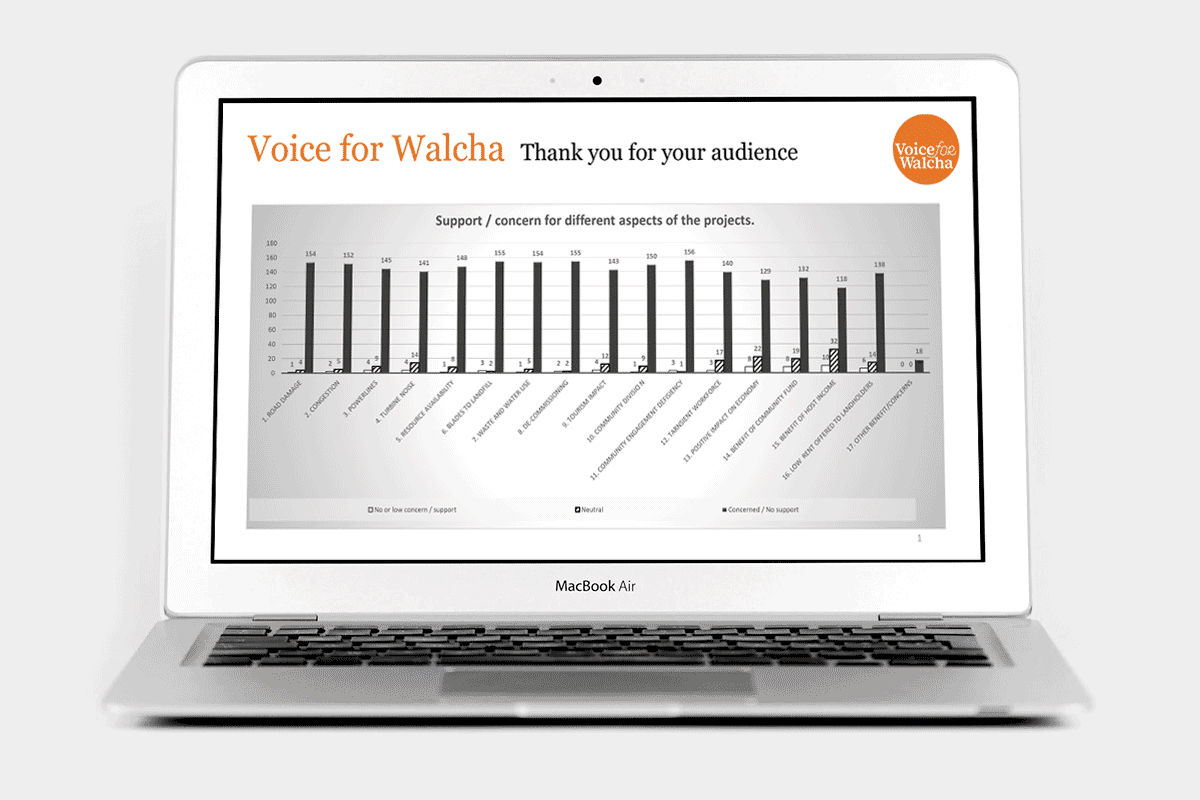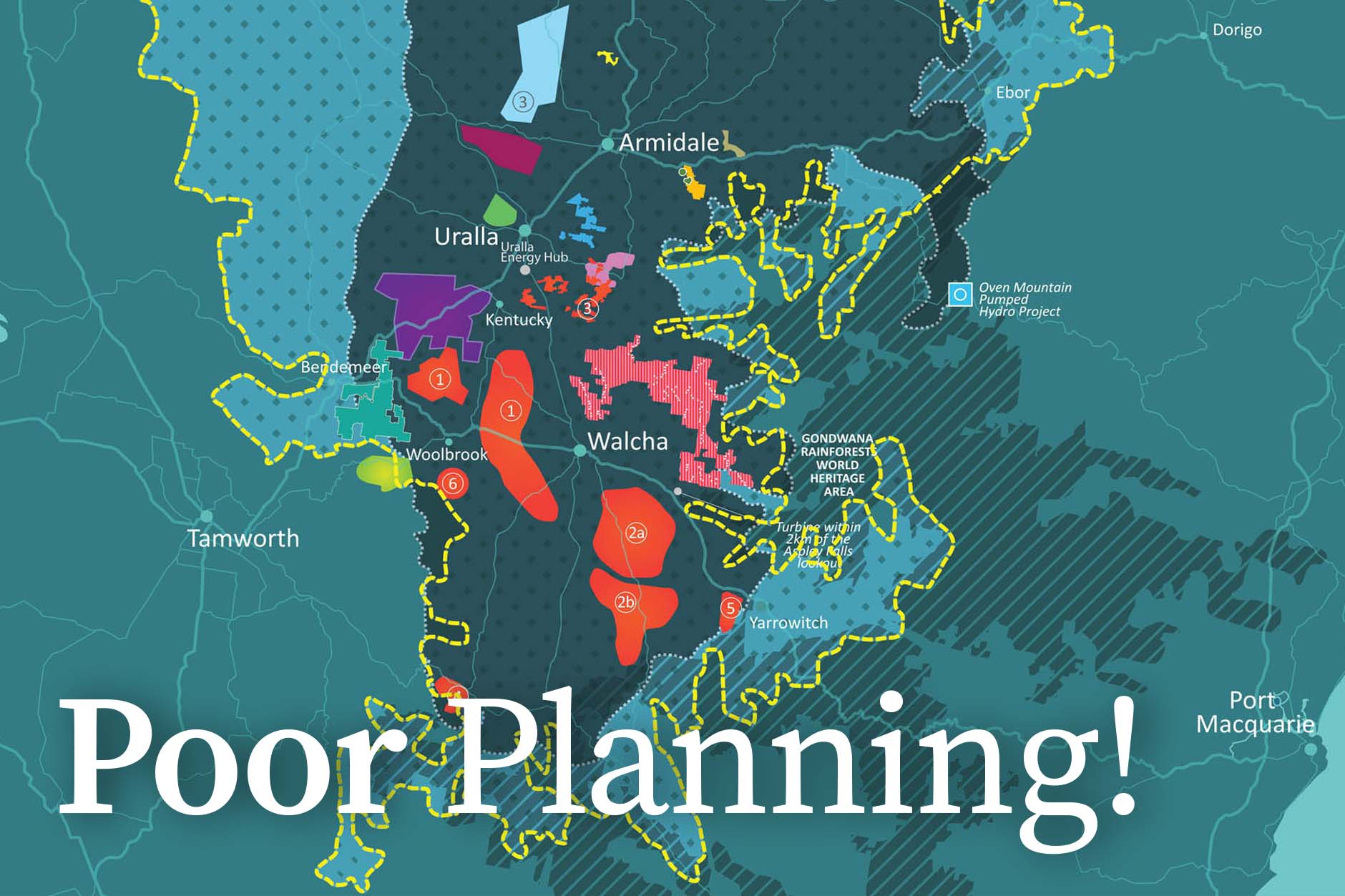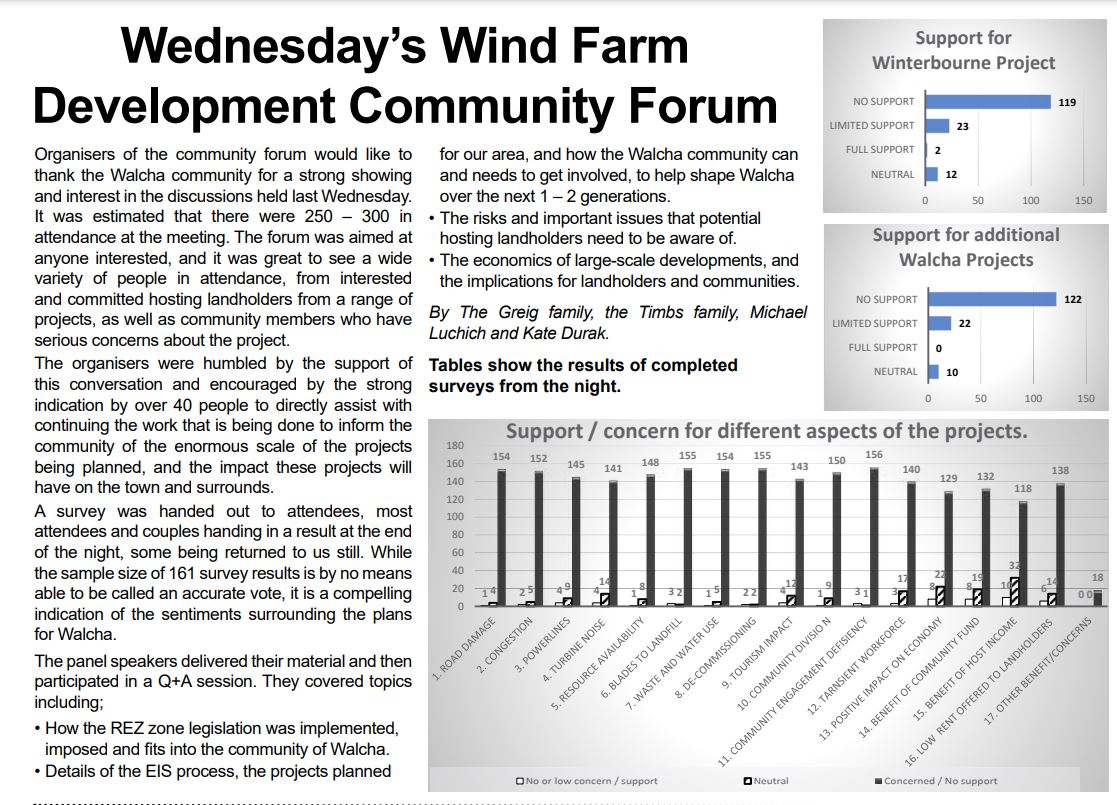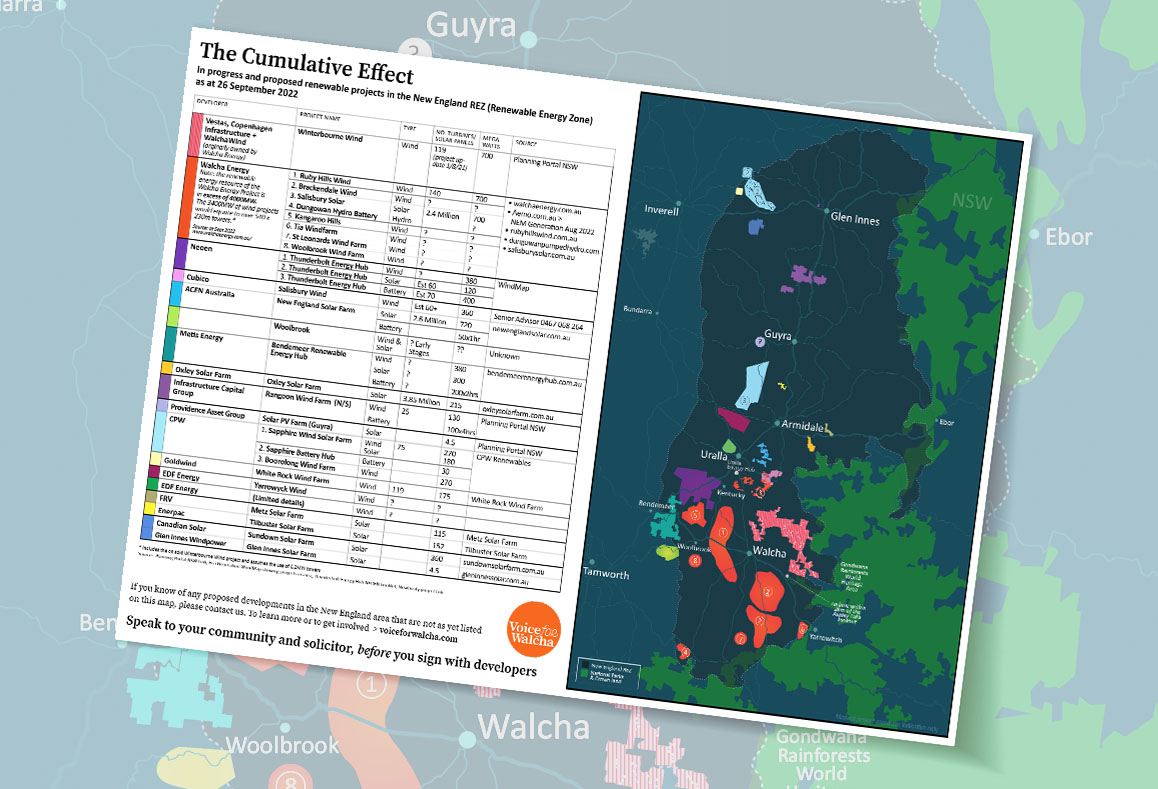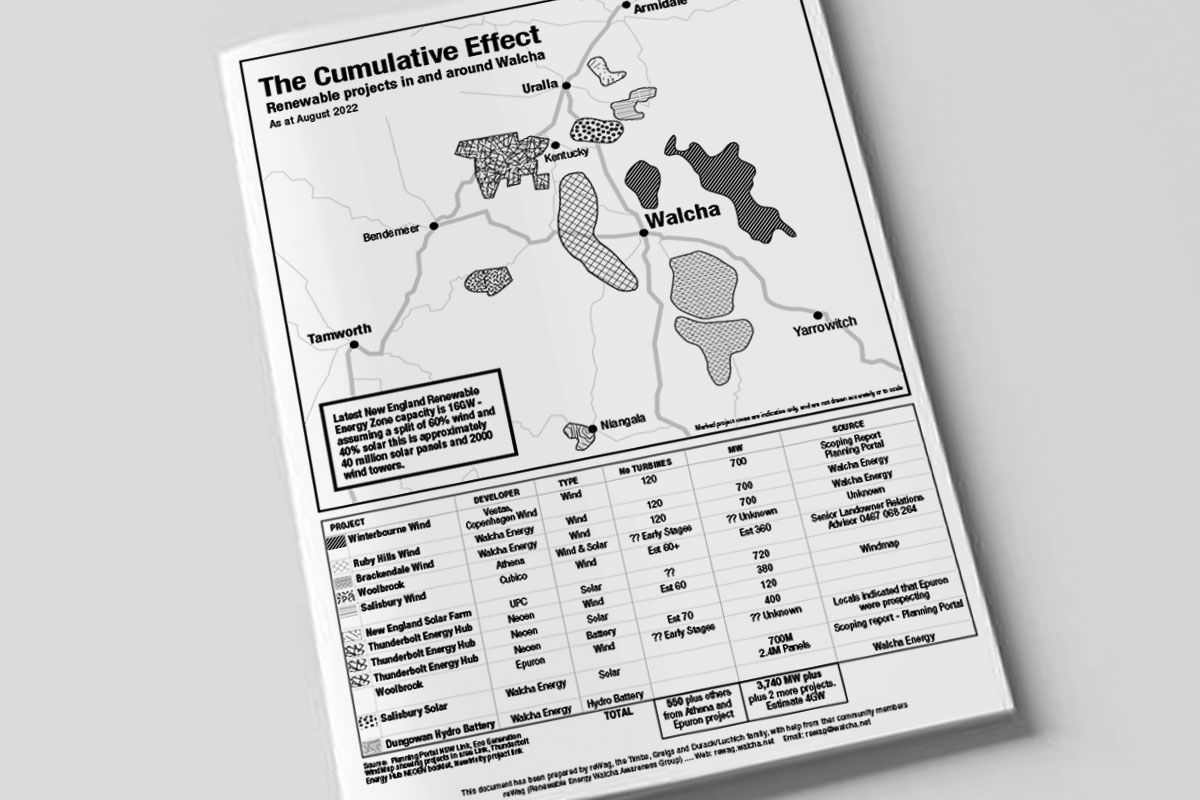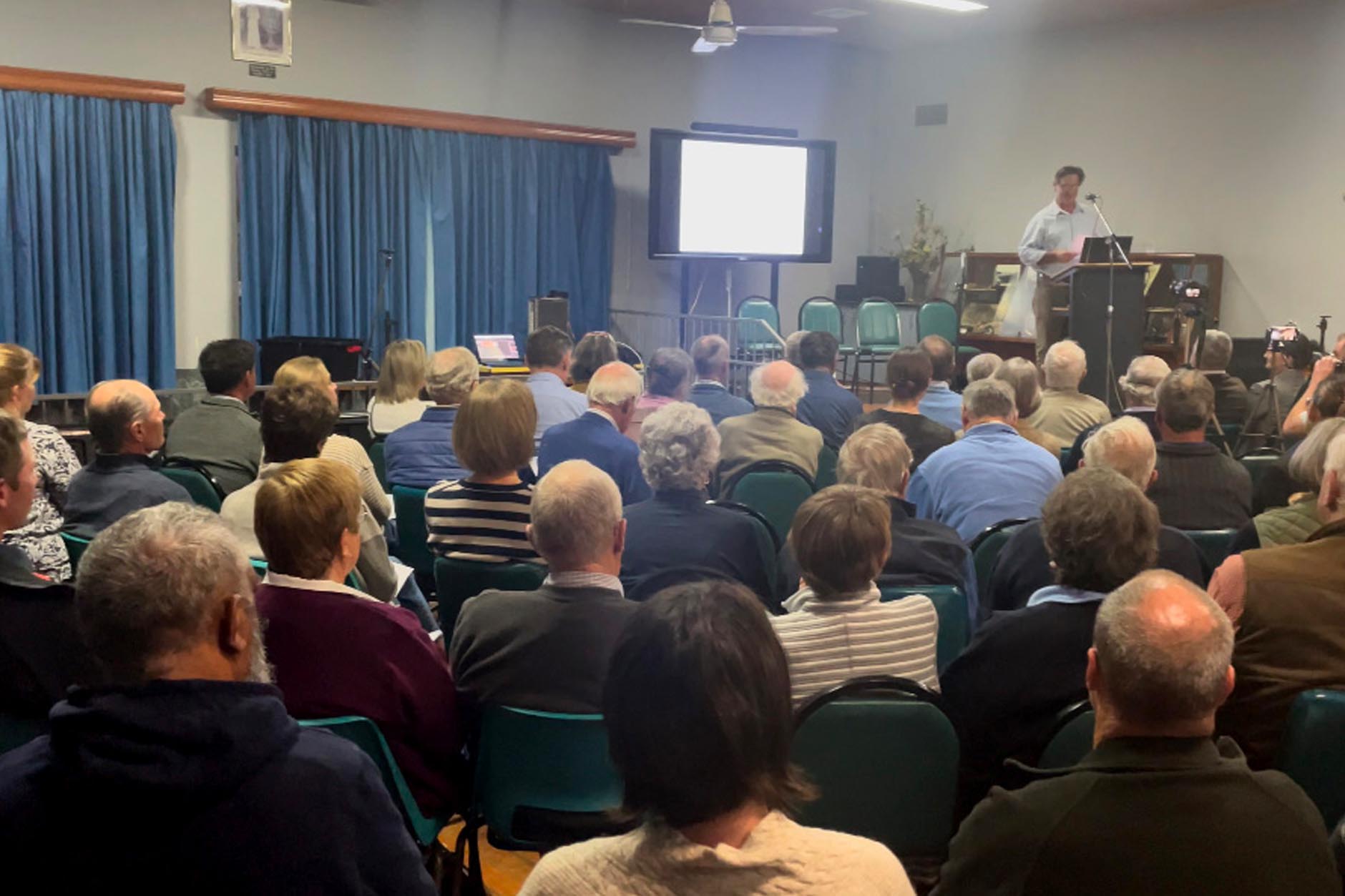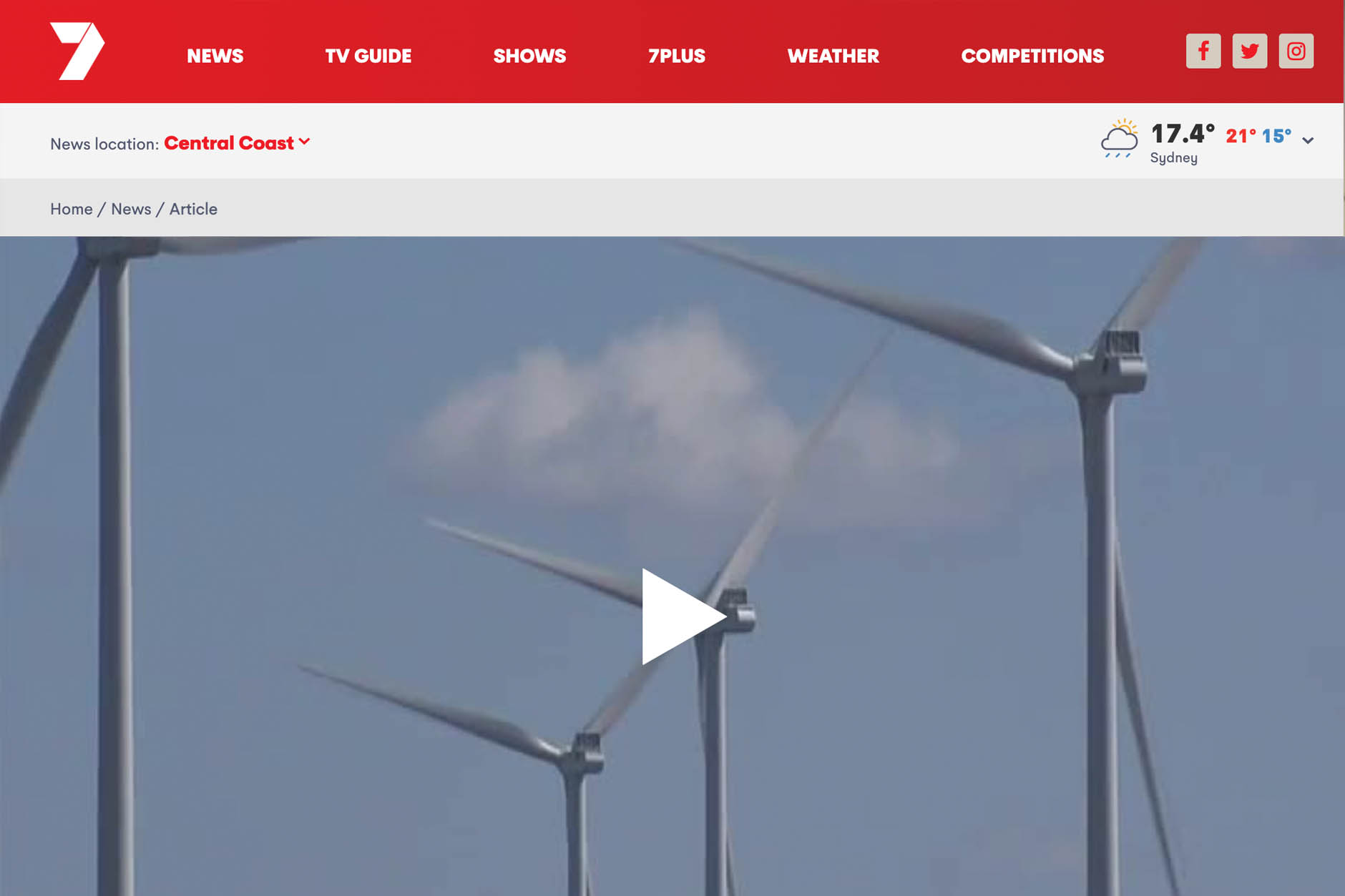The first thing to concede is, the Voice for Walcha (VfW), doesn’t have a enough answers to the complex question of turbine noise and how it will impact on your life. Not at this point in time, but rest assured we are working towards clarity. We have justifiably challenged Vestas’s EIS regarding their noise assessment and potential impacts. We feel that their noise assessments methodologies and conclusions are inaccurate and are to the detriment of community members in the development footprint. We do so, mindful that non-compliant noise from wind turbines remains of paramount health concern for the community. The history of wind farm development confirms it is pervasive in terms of its unfortunate ability to drive residents out of their comfort of their homes and their communities of choice. We of course acknowledge that Vestas has legitimately a right of reply to our submissions and so the onus is on them to refute our submitted concerns.
We do say this, there is little point in building the project, installing the 119 wind turbines to find out the project and/or at least the existing turbine configuration is non-compliant in regards to noise pollution. We say the Community needs to be further informed about this crucial issue. So, whilst we await Vestas’s response, we urge the Community to continue their inquiry as to what the accuracy of the EIS predictions might mean for their impacted residences. We outline some conclusions hereunder.
Background
The Voice for Walcha – has made a detailed submission to the Project EIS outlining its concerns on the excessive environmental impacts of the Winterbourne Wind Project. This submission can be viewed online at https://www.planningportal.nsw.gov. au/major-projects-Winterbourne Wind (DPIE Portal). Vestas’s Noise Assessment was undertaken by Sonus – this Assessment Report is also included in the Winterbourne EIS at the DPIE Portal. This Assessment references as Noise Sensitive locations 170 Non Associated Dwellings locations and 51 Involved Dwelling locations. The latter, Involved Dwellings being those which have a commercial or pecuniary arrangements with the Developer. The Winterbourne EIS confidently concluded that based on predictions from the Sonus Assessment the noise criteria for non-associated dwellings will be compliant. The VfW doesn’t buy this conclusion. We believe that a more robust application of the Noise Guidelines will reveal non-compliance across the Project footprint. Secondly, we also don’t buy the conclusion that Host, or Associated Landowners, are excluded from the Bulletin’s compliance. We look forward to Vestas’s response to this VfW conclusion and to the findings of the commissioned Peer Review.
The EIS Assessment
As to compliance, the EIS Assessment is conducted against the NSW Government’s – Wind Energy: Noise Assessment Bulletin (Bulletin). It provides for the full adoption for the SA Environment Protection Authority Environmental Noise Guidelines (SA 2009). These Guidelines specify that predicted equivalent noise level should not exceed 35dB(A) or the background noise by more than 5dB(A) – whichever is the greater, at all relevant receivers for wind speeds from cut – in to rated power of wind. Receivers being dwellings in the Project footprint.
The Vestas EIS’s Appendix H includes the full Sonus Assessment Report. On behalf of the Community, VfW took the prudent opportunity to secure a Peer Review of the Vestas/Sonus assessment report. This Peer Review is at Annexure A -Part G Response to Health Impact of the VfW Submission. Acoustic Engineering is complex in its technicality however it is important that we detail the main conclusions and how this might assist the Community shine a little more light on the EIS’s accuracy – whilst we await Vestas’s considered response. So, what makes VfW sleep with one eye open on Vestas/Sonus Noise Assessment some key points are as follows:
- If the Peer Review’s analysis is validated then Vestas/Sonus’s noise assessment has significantly underestimated the noise impact in the community by at least 14dB. Given the predictions on offer in the EIS, including a number of dwellings already with marginal predictions, it is highly likely that many dwellings will be non-compliant ie experiencing noise levels greater than 35dB or background noise plus 5dB. This presents Vestas and many Hosts landowners with a problem which can only be addressed by a significant reconfiguration of the turbine layout.
- The crux of the VfW’s concern is Vestas/Sonus has seemingly created EIS convenient data interpretation which increases the ceiling limitation for background noise, and which conversely induces lower noise prediction for respective residences.
- As we have found in reviewing Vestas’s EIS approach is it’s unfortunately short on sufficient detail enough to make full sense on impacts. The Noise Assessment is consistent with other reports in the Winterbourne EIS, that is, the noise assessment presents as a scoping study. The Developer has presented an unfinished EIS. This makes assessment challenging and is procedurally unfair to the Community. By way of example as alluded to the Sonus Assessment at section 11 there is little point in putting the Community through an EIS if pre-construction noise assessment results in further contemplation of turbine selection. The EIS must include technical studies and accurate noise assessment for relevant dwellings – turbine layouts etc. In this regard the EIS is deficient as it did not consider different turbine layouts as required by the Guidelines. These are all critical issues that can’t be considered by the Community after the EIS.
- Essentially Vestas were required to follow the Bulletin to its key requisites of accuracy and conservationism in their assessments and these were in short supply in the Noise Assessment. VfW relies on all the conclusions offered in the Peer Review. Some examples are:
- Vestas/Sonus conducted background noise motoring at 7 dwellings across the project site. These were conducted from 28 November 2021 to 1 February 2022. This assessment was undertaken in summer months when background noise is elevated and should have been conducted in winter months when there is minimal background noise.
- Vestas/Sonus offered no consideration of the proximity of ‘side effects’ in their assessments. Side effects being topography and other turbines etc.
- Vestas/Sonus avoided strict application of the CONCAWE model as required by the Guidelines. This artificially elevated background data.
- Vestas/Sonus failed to justify in the EIS the location of the met masks and their correlation to background data analysis.
- Failure to ensure background measuring equipment was deployed in keeping with the accuracy requirements of the Guidelines.







